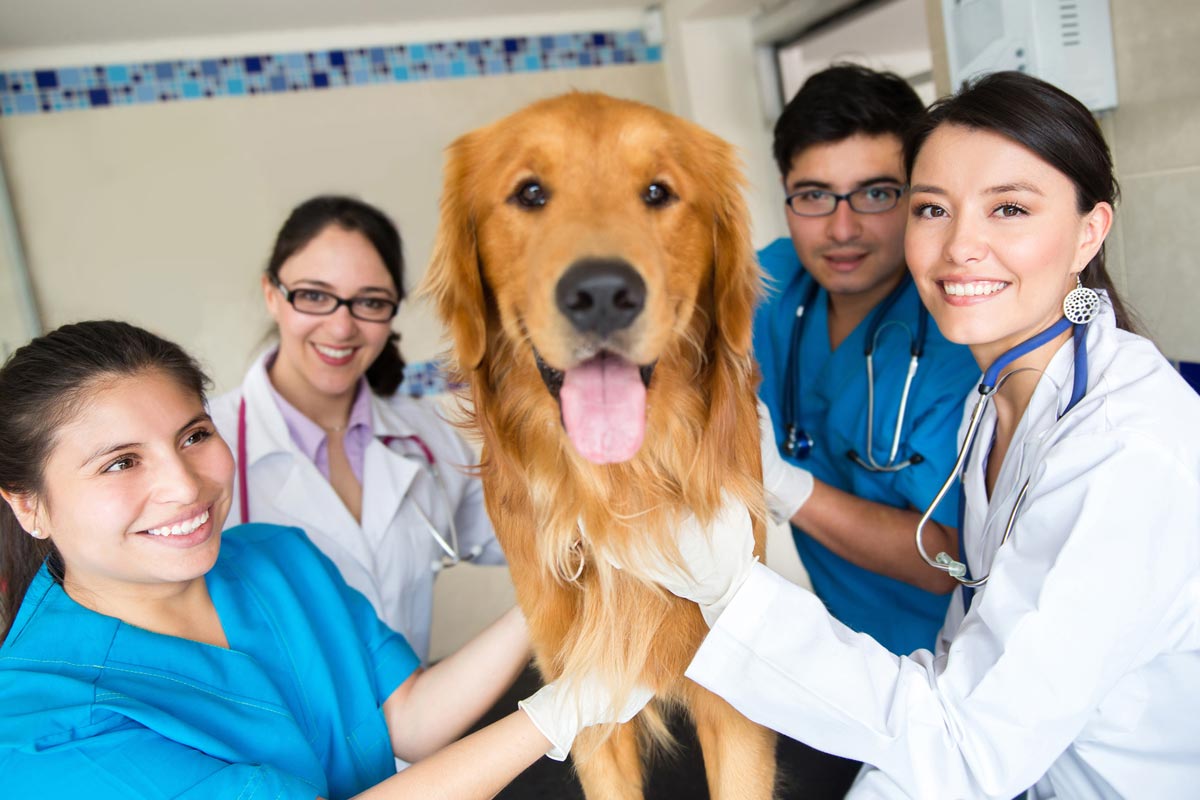While the nursing profession progresses with the protection for the title in the code of conduct and #VNFutures, we still have a shortage of RVNs, and while veterinary care will always a be a team effort, this shortage means care assistants can feel they are taking on a bigger role within the team than first planned.

What can we do? We don’t want to lose care assistants from the profession – they bring a lot to the team and need support and training too.
This got me thinking. There are great courses available at Level 2 that are no longer just “pre-VN” courses – they are relevant, stand-alone courses for those in care assistant roles.
Commitment required
But not everybody can provide this type of training in-house. Although the courses don’t require a clinical coach, they do need an RVN or MRCVS as a mentor, and they require a commitment to training not all practices can achieve.
If a formal training course isn’t for you, how do you provide support to your care assistants? Do you know what your requirements for providing care are?
I have noticed it’s inpatient care that seems to have the grey areas where the care assistant may not have the training or experience needed. For example, they may not have the skills to spot the clinical signs of the difference between a normal patient recovery and something more serious – I’ve seen this in action and it scared me, for both the patients and for the stress the care assistant was under.
Prioritising practice
Imagine being on a ward of 10 or more patients and not being able prioritise their care, working with the assumption they are all critical and need your undivided attention – I’ve seen people in this situation and it’s not fair. We need to make sure all staff have a role they can enjoy and improve in, not a role that is stressful and unfulfilling.

This is why I believe ward protocols/standard operating procedures (SOPs) are essential for the veterinary team. We usually have them for other areas of the practice, so why not in wards? In fact, for this blog post I Googled some SOPs – easy to find for booking an appointment, not so much for inpatient care.
They can cover:
- normal anaesthesia recovery
- sedation recovery
- when a patient is critical
- when to alert an RVN or MRCVS…
…frankly anything that will help ward staff provide care within their job role and help them identify where they need other team members – you know your team best.
Beneficial to all
The RCVS has advice for protocols for inpatient care that states it’s for “on-duty” staff. Clause 2.9 specifies protocols should be in place for inpatient care for all staff on duty – therefore including all members of the care team.
The VetMedTeam website has outlined the different roles in the practice. Yes it’s American, but the roles are well described and defined and show a variety of lay staff. I’m sure there will be something here to meet most practice needs – use it to get everyone thinking about where their skills fit in.
Having protocols and training in place are beneficial to the patients, to the staff and also the employer. We are more likely to stay in an enjoyable fulfilling role – read this to see what I’m talking about.
If you fancy trying to write a simple protocol or SOP then there is a four-step guide. It could make a huge difference to the patients’ care and the team.
Let’s make the team work – we’re all in this for the best patient outcome, but make sure it’s not at the expense of our staff.

Leave a Reply